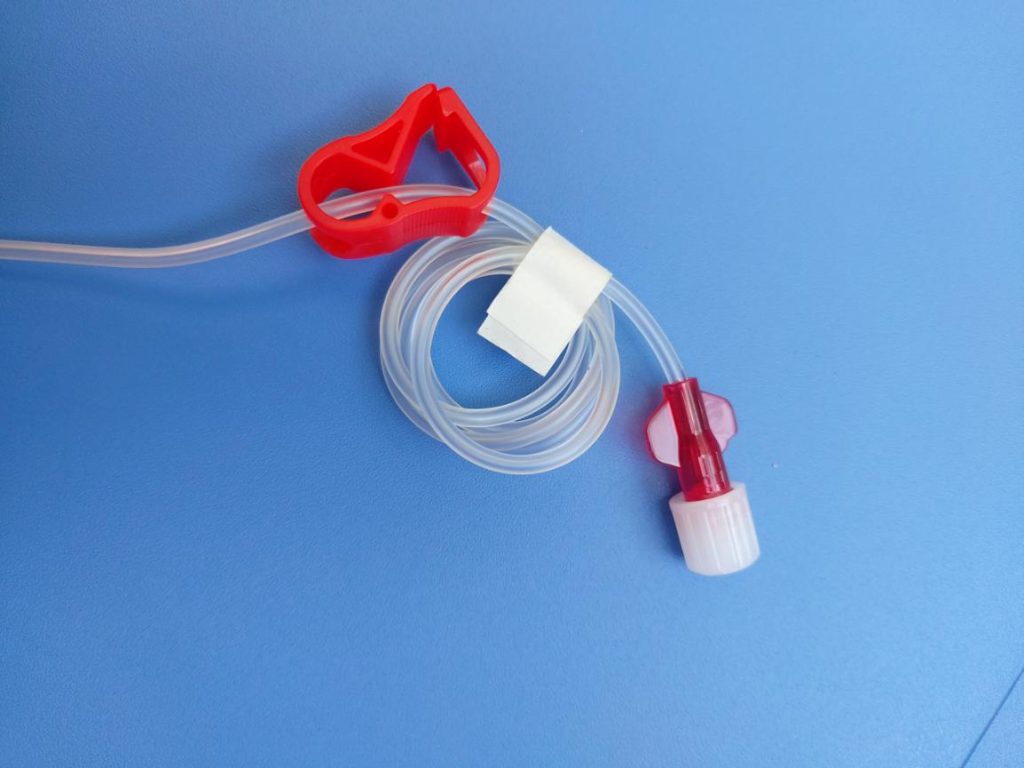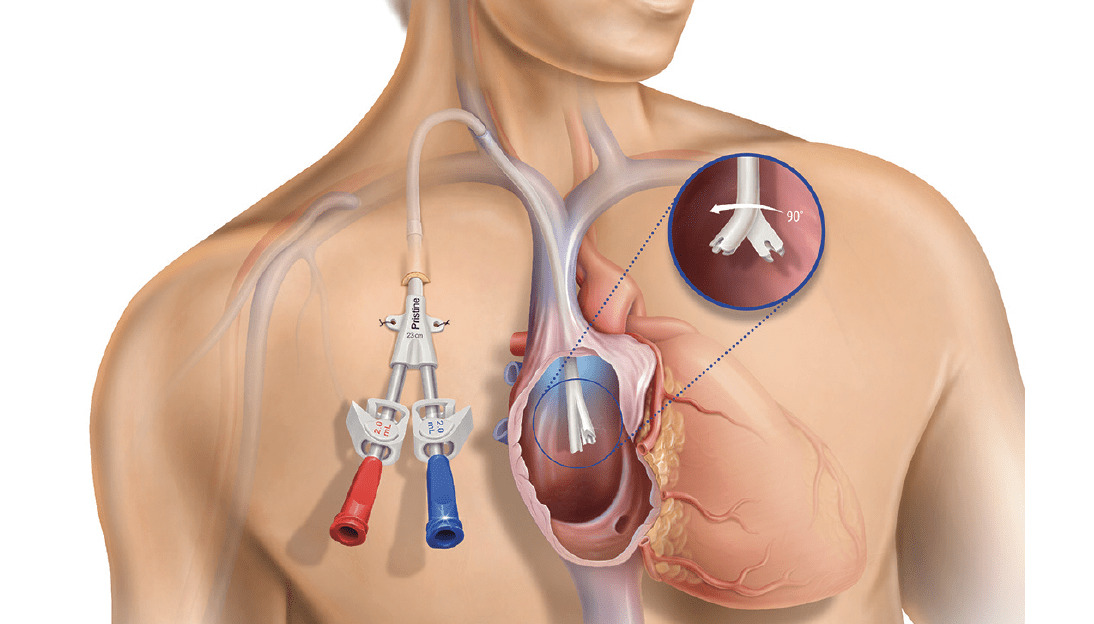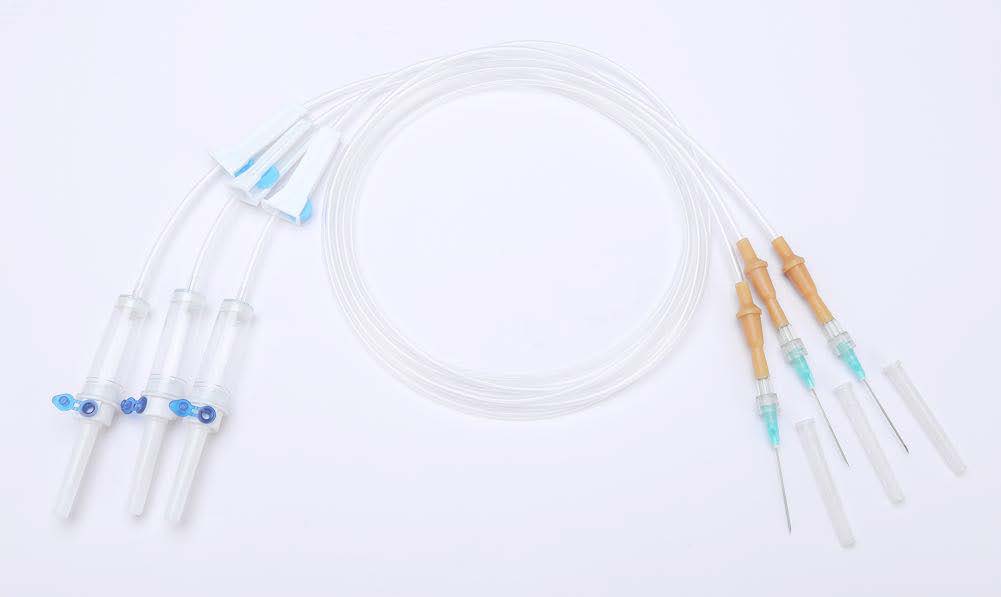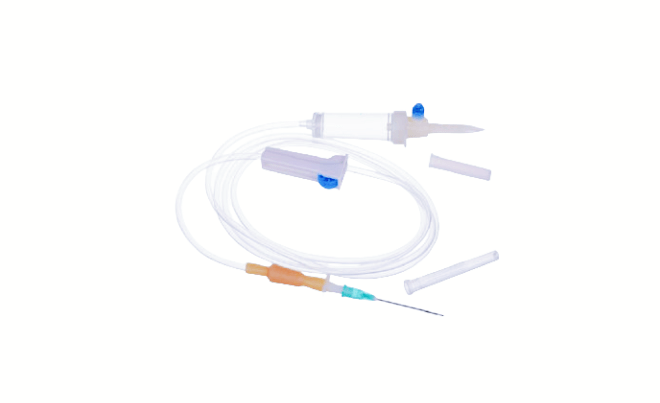In the realm of medical devices crucial for renal health, the dialysis catheter stands out as a lifeline for countless individuals undergoing hemodialysis treatment. As a supplier of machines integral to medical consumable manufacturing, it’s imperative to grasp the significance and functionality of these catheters.
What exactly is a dialysis catheter?
A dialysis catheter is a specialized tube inserted into a patient’s vein, typically in the neck, chest, or groin area. Its primary function is to facilitate the movement of blood from the patient to the hemodialysis machine and back. This critical link allows for the efficient removal of toxins and excess fluids from the bloodstream, mimicking the role of healthy kidneys in individuals with renal failure.
Why It Matters
Before delving further into the intricacies of dialysis catheters, let’s briefly explore the significance of using active voice over passive voice in medical communication.
Understanding the Role of Dialysis Catheters
Dialysis catheters play a pivotal role in hemodialysis, a life-sustaining treatment for individuals with end-stage renal disease (ESRD). These catheters serve as conduits, enabling the seamless flow of blood to and from the hemodialysis machine.
Here’s how the process works:
1. Insertion: A healthcare professional inserts the dialysis catheter into a suitable vein, ensuring proper placement and functionality.
2. Blood Flow: Once inserted, the catheter allows blood to flow from the patient’s body into the hemodialysis machine, where it undergoes filtration and purification.
3. Filtration: Within the machine, blood passes through a specialized filter known as a dialyzer, which removes waste products, excess fluids, and toxins from the bloodstream.
4. Return: After filtration, the purified blood returns to the patient’s body via the dialysis catheter, replenishing vital nutrients and restoring balance.
Active voice vividly portrays the sequential nature of these steps, highlighting the dynamic interaction between the catheter, the patient, and the hemodialysis machine.
Common Types of Dialysis Catheters
There are two primary types of dialysis catheters: tunnelled and non-tunnelled. Tunnelled catheters feature a segment that lies under the skin, providing stability and reducing the risk of infection. Non-tunnelled catheters, on the other hand, are inserted directly into a vein without tunneling beneath the skin.
Each type has its advantages and considerations, depending on factors such as patient anatomy, medical history, and treatment duration. By actively discussing these distinctions, healthcare providers can make informed decisions regarding catheter selection and management.
Ensuring Optimal Performance and Patient Safety
Proper care and maintenance are essential to ensure the longevity and efficacy of dialysis catheters. Healthcare providers must adhere to rigorous protocols for catheter insertion, dressing changes, and infection prevention. Additionally, patients must receive thorough education on catheter care, including hygiene practices and signs of potential complications.
Active involvement and collaboration between healthcare teams, manufacturers, and patients are paramount in safeguarding the integrity and functionality of dialysis catheters. By actively promoting adherence to best practices and fostering open communication, we can enhance patient outcomes and elevate the standard of care in renal health.
Conclusion
In conclusion, dialysis catheters play a vital role in the management of renal failure, serving as conduits for life-sustaining hemodialysis treatment. By actively engaging in discussions surrounding catheter functionality, types, and maintenance practices, healthcare professionals can optimize patient outcomes and promote renal health.
As a supplier of machines essential to medical consumable manufacturing, understanding the intricacies of dialysis catheters is paramount. By actively disseminating knowledge and fostering collaboration within the healthcare community, we can continue to advance patient care and contribute to the ongoing evolution of renal medicine.

Tube/catheter assembly line


